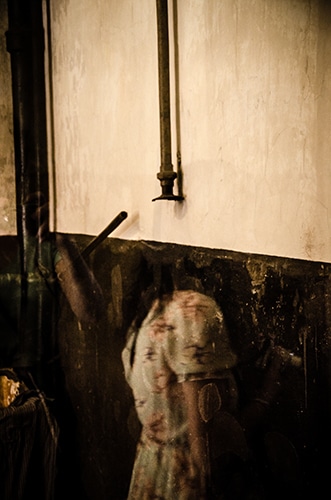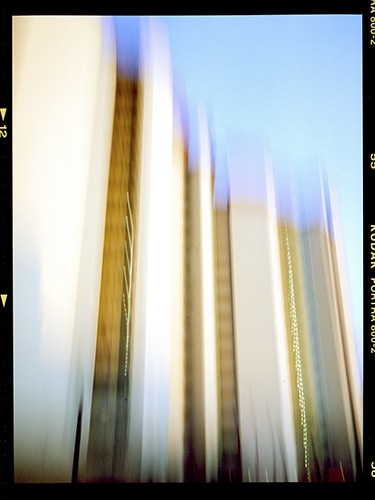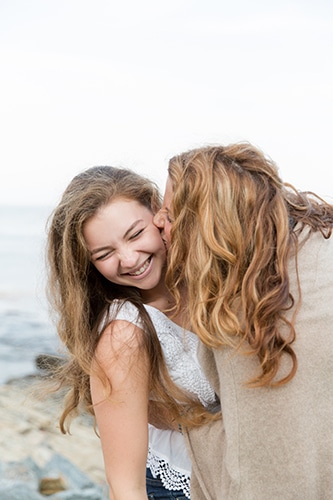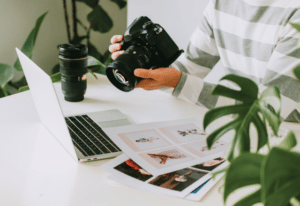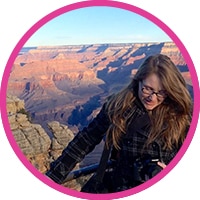How to find your photographic Voice.
February 20th, 2021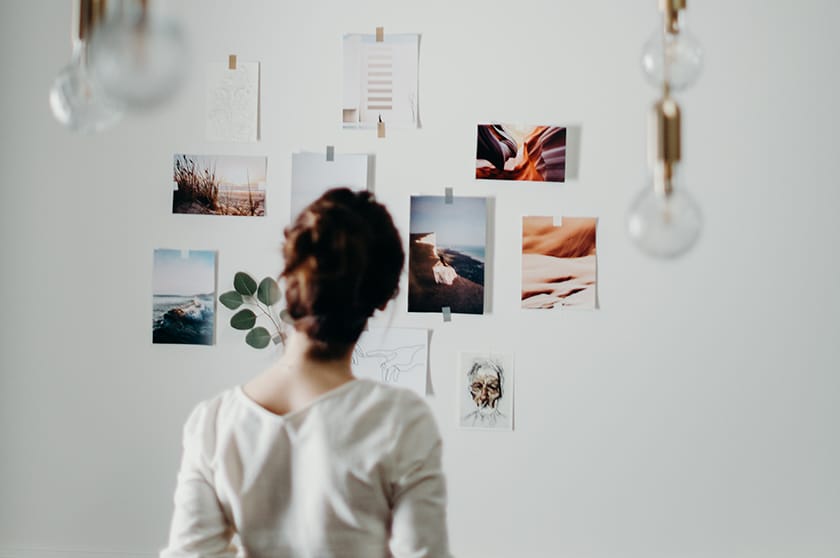
Hello there! Have you ever wondered how some photographers have images that are so iconic you can recognize their photos anywhere? Chances are you can identify one of Ansel Adams’ landscapes without needing to see his name. You also may be able to correctly recall the costumed Weimaraner photos as one of William Wegman’s.
Do you sometimes feel unsure what your photographic style is? Do you feel like you haven’t developed a voice yet? Or wonder how to even describe your portfolio?
As a photographer who has felt clueless and struggled a bit with imposter syndrome, here are some tips that help me discover my photographic voice and style.
What is the difference between voice and photographic style?
First off, you may be wondering what is the difference between your voice and your style? Your photographic style may be a representation of your preferred medium such as film vs digital. It could also be how your images are colored — bold bright colors, muted colors, crushed blacks or super contrasty blacks. You might also prefer the look of large graininess in your images versus superfine grain. Generally your voice is the content you photograph or your viewpoint on a subject. Maybe your preferred genre is street photography or maybe you love candid wedding shots. Sometimes your photographic style is part of your voice and helps tell the story you’re trying to share.
Voices of Zenfolio employees.

Image by Katie H. 
Image by Richard V. 
Image by Amanda W.
When to follow trends?
When starting out you may be wondering, should I follow the trends? My suggestion is to never rule out trends, but your work as a photographer should not solely be dictated by trends. One reason to try a trend is because you genuinely like it and want to incorporate it into your style. Another motive is because you feel like experimenting and trying something new.
Within the past year we’ve seen a large trend in photographers shooting porch step portraits and front window photos. If you’re a portrait photographer this may be a great trend to capitalize, especially in the era of Covid-19.
If you see yourself primarily a landscape or nature photographer, then it might not make sense for your voice and style to take advantage of this trend. However if you are a landscape photographer who has been wanting to make a jump into the world of portrait photography, then this trend could be a jumping point to take that next step.
Voices of Zenfolio employees.
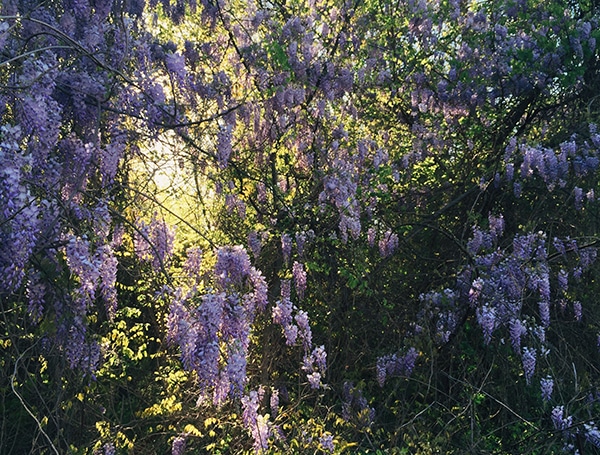
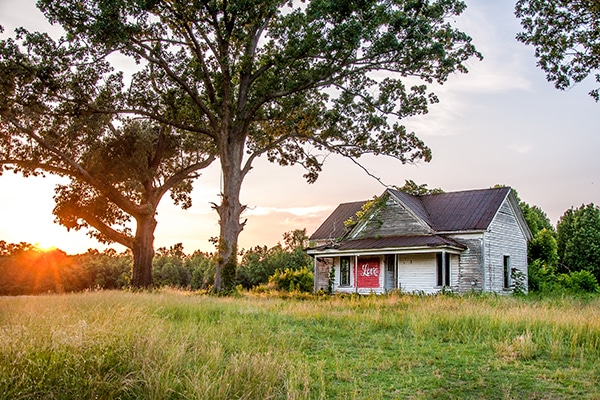
How to define your voice?
Personally I have struggled a lot with trying to interpret my voice or how to describe myself as a photographer. I especially found it nerve-wracking trying to communicate my body of work in an artist statement or to a prospective client.
In trying to determine your voice, my first advice is to think about what you commonly like to photograph. Do you find yourself drawn to nature photography? Or do you like the high energy of concert photography?
Don’t worry if you have more than one interest or category that you like shooting. These questions are meant to help you describe what type of photographer you are.
For example I tend to describe myself as a nature and street photographer, because I find myself both drawn to animals & landscapes as well as architecture & cities.
My second recommendation is to think about what is your preferred medium? Are you primarily a digital photographer or a film photographer? Or maybe you’re both? Do you find your digital style is different from your film images? If you find you’re shooting different genres, do you approach them differently?
The next step I suggest is laying out all your images next to each other, whether that’s physically on a table in front of you or in a digital folder on your computer. Start arranging the images you think look like each other together. Take the opportunity to really look at the colors, the lighting, and the composition of all your photos.
When you lay out the images side by side, it can help you visualize your work as a whole. Maybe in sorting your images you discover all your wedding photos tend to be light & airy, but your concert photos are dark & moody. Now you have something you can tell prospective clients what your viewpoint is.
Putting most of my images together in one place let me see while my digital images and my film photos are a bit different, they actually have a lot more in common than I initially imagined. I found I tend to favor higher contrast images, with rich blacks & whites and bright bold colors.
A glimpse into my voice and style.
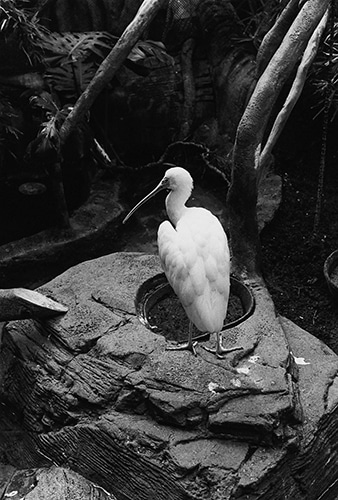
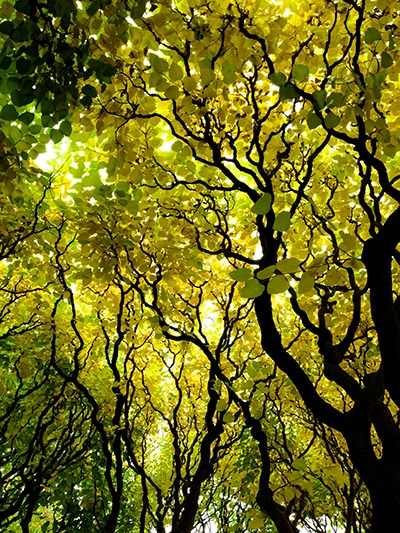
When to Evolve?
I think the biggest lesson in finding your voice is to accept your voice and style may constantly evolve and change. I think one of the greatest examples of this is painter Pablo Picasso. He was frequently experimenting with new techniques that we look at his body of works in periods — i.e. his Blue Period and Rose Period.
If you’re familiar with the photographer Cindy Sherman, her work has gone through multiple phases as well. Since her early series Untitled Film Stills she has changed subjects and her artistic style many times.
Experimentation and trying new techniques are great ways to develop your voice as well as evolve as a photographer. If you find your interests changing, don’t be afraid to embrace it! Just consider the changes in your voice or style as a new chapter in your photography.
